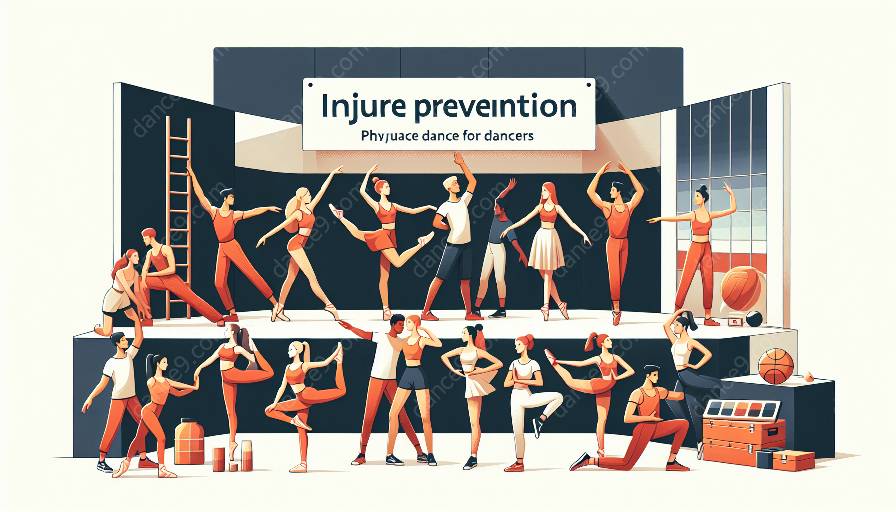Dance is not only a form of art, but also a physically demanding discipline that requires precise technique, strength, and endurance. Given the rigorous nature of dance, it is crucial for dancers to prioritize injury prevention throughout their careers. This comprehensive guide delves into the importance of injury prevention for dancers across various stages of their careers, emphasizing both physical and mental well-being in the world of dance.
The Importance of Injury Prevention for Dancers
Before delving into the different stages of a dancer's career, it is essential to understand the significance of injury prevention in dance. Injuries can not only hinder a dancer's performance but also have long-term implications for their physical and mental health. By incorporating injury prevention strategies and maintaining optimal fitness, dancers can prolong their careers and enjoy dancing with reduced risk of injury.
Early Career: Training and Development
During the early stages of a dancer's career, proper training and development play a vital role in injury prevention. Young dancers should focus on building a strong foundation of technique, flexibility, and strength through structured training programs. It is essential to emphasize the importance of warming up, cooling down, and cross-training to avoid overuse injuries and enhance overall physical fitness.
Furthermore, mental health awareness is crucial during this stage, as young dancers may face performance pressure and competition-related stress. Encouraging a supportive environment, open communication, and stress management techniques can contribute to the overall well-being of young dancers.
Professional Career: Performance and Endurance
As dancers transition into their professional careers, maintaining physical and mental health becomes even more critical. Long working hours, strenuous rehearsals, and demanding performance schedules can increase the risk of overuse injuries and mental fatigue. Enhanced injury prevention protocols, including regular physiotherapy, restorative practices, and optimal nutrition, are essential to sustain peak performance and prevent injuries.
Moreover, promoting a positive mindset, stress-relief strategies, and access to mental health resources can support dancers in managing the pressures and challenges of a professional dance career.
Later Career: Longevity and Self-Care
Throughout the later stages of a dancer's career, prioritizing longevity and self-care is paramount. Injuries sustained earlier in the career may have lasting effects, and dancers should focus on injury prevention through targeted conditioning, injury-specific rehabilitation, and holistic wellness practices. Additionally, embracing self-care activities such as yoga, meditation, and self-massage can contribute to the overall well-being of aging dancers.
Mental health support programs, career transition resources, and mentorship opportunities can assist dancers in navigating the potential challenges of transitioning away from active performance roles, promoting a healthy and fulfilling post-performance life.
Conclusion
By emphasizing injury prevention across different stages of a dancer's career, dancers can cultivate a sustainable and resilient approach to dance, preserving their physical and mental well-being. Prioritizing proper training, performance maintenance, and proactive self-care can significantly impact the longevity and fulfillment of a dancer's career. Through comprehensive injury prevention practices, dancers can continue to thrive in their art form while safeguarding their overall health.


































